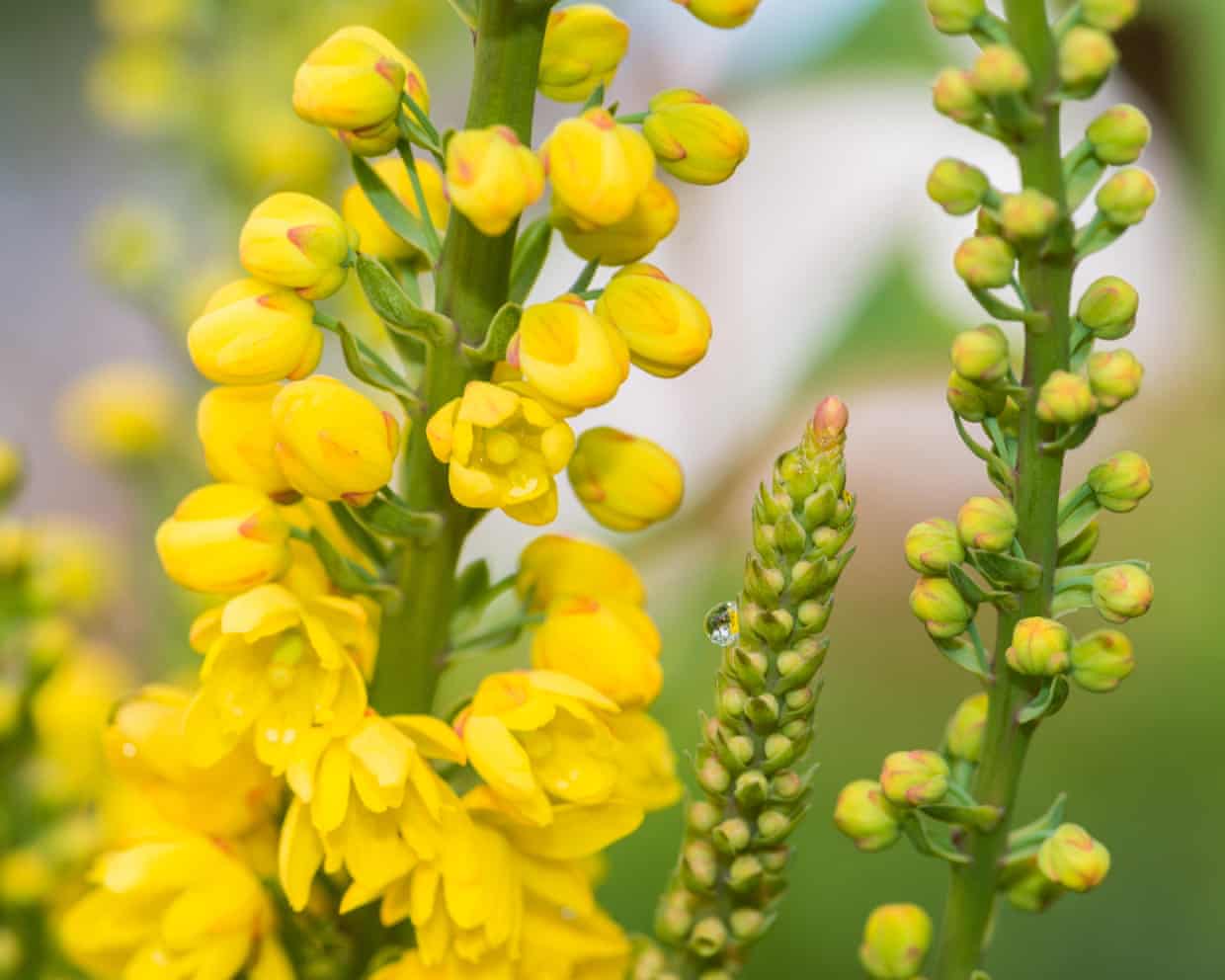Researchers have uncovered fascinating behaviors in flower stamens, revealing their important role in pollination strategies. These touch-sensitive male reproductive parts exhibit movements that can surprise visiting insects, enhancing the efficiency of the pollination process.
Flowers from the genus Berberis and Mahonia showcase unique tactics to protect their resources. When insects attempt to feed on nectar, the stamens bend over swiftly, smothering the pollen onto the insect’s face or tongue. This unexpected encounter prompts the insect to limit its visit, ensuring the flower conserves its nectar and pollen for subsequent visitors. The insect then carries the pollen to another flower, facilitating cross-pollination when it brushes against the receptive female organs.
The orchid Catasetum takes a more aggressive approach. As an insect lands on its flowers, it faces a rapid release of sticky pollen bags that shoot out at such high speeds that the insect is often knocked away, with the pollen bags adhering to its body. This mechanism ensures that the pollen is effectively transported to other flowers, increasing the chances of successful reproduction.
In Australia, the triggerplants (from the genus Stylidium) employ a strikingly rapid mechanism. These flowers feature a club-shaped organ that swings through 180 degrees in approximately 10 milliseconds when touched. This quick movement smacks the visiting insect with pollen while simultaneously collecting any pollen the insect may be carrying. After each interaction, the trigger resets almost instantly, preparing for the next pollinator.
These intricate adaptations not only showcase the remarkable evolutionary strategies of flowering plants but also highlight the critical relationship between flora and fauna in maintaining ecological balance. As flowers evolve mechanisms to attract and effectively use pollinators, they ensure their survival and reproduction in diverse environments.
Understanding these interactions furthers our knowledge of plant ecology and can inform conservation efforts aimed at protecting both plant species and the pollinators that support them.







































































